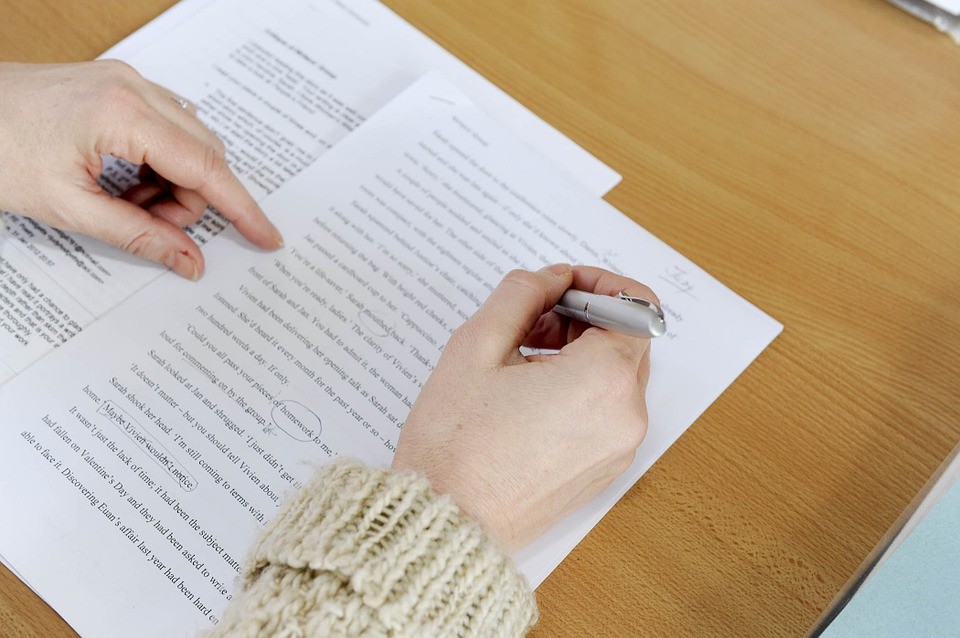How to Write in MLA Format: A Comprehensive Guide
How to Write in MLA Format: A Comprehensive Guide

The Modern Language Association (MLA) format is one of the most widely used styles for writing and citing sources, particularly in humanities disciplines such as literature, philosophy, and the arts. Understanding how to use MLA format properly ensures that your writing is clear, consistent, and credible. In this guide, we will cover the essential aspects of MLA formatting, including the general paper layout, in-text citations, and the Works Cited page. writer of essays
1. General Paper Layout
MLA formatting has specific requirements for the layout of a research paper. These guidelines help to create a clean, professional appearance that is easy to read and follow. essays written
- Font and Size: Use a readable font like Times New Roman in 12-point size. While Times New Roman is the standard, other easily legible fonts like Arial are also acceptable.
- Margins: Set the margins of your document to 1 inch on all sides. This ensures consistency across all pages.
- Line Spacing: The entire document should be double-spaced, including the heading, title, and body paragraphs. There should be no extra spaces between paragraphs or sections.
- Paragraph Indentation: The first line of each paragraph should be indented by half an inch from the left margin. This is typically done by pressing the Tab key once.
- Page Numbers: Each page should have your last name and page number in the top-right corner. This should be aligned with the right margin and begin on the first page.
- Title: There is no need for a separate title page unless specifically requested by the instructor. Instead, on the first page, align the title with the center of the page, after your heading.
2. The Heading and Title
On the first page, the heading appears in the upper-left corner. This should include:
- Your name
- Your instructor’s name
- The course name or number
- The date in the format day month year (e.g., 8 October 2024)
Below the heading, the title of your paper should be centered. Avoid using bold, italics, underlining, or larger font sizes for the title. It should appear in the same format as the rest of the text.
3. In-text Citations
MLA format relies heavily on in-text citations to refer to the sources you’ve used. These citations help give proper credit to authors and avoid plagiarism while allowing the reader to refer to the full citation in the Works Cited section.
In-text citations in MLA format follow the author-page method, which means that the author’s last name and the page number(s) from which the information was taken must appear in parentheses immediately after the quote or reference. For example:
- Direct Quote: “MLA style provides a consistent format for students to follow” (Smith 45).
- Paraphrase: According to Smith, MLA style ensures uniformity in academic writing (45).
If the author’s name is mentioned in the sentence, only the page number needs to be in the parentheses:
- Smith claims that “MLA style provides a consistent format for students to follow” (45).
If there are multiple authors, include all last names:
- Two authors: (Smith and Johnson 56)
- Three or more authors: (Smith et al. 78)
For works without page numbers, such as websites, omit the page number:
- (Johnson)
4. Quotations
MLA format also has rules for using quotations in your paper:
- Short quotations (fewer than four lines): Integrate the quote into the text, enclosing it in quotation marks.
- Long quotations (more than four lines): Set the quote in a block format by starting it on a new line and indenting it half an inch from the left margin. No quotation marks are used, and the entire block should remain double-spaced.
5. The Works Cited Page
The Works Cited page appears at the end of your paper and lists all the sources you referenced. This page has its own set of formatting guidelines:
- Title: Center the title “Works Cited” at the top of the page. Do not use bold, italics, or underlining.
- Order: Entries are listed alphabetically by the author’s last name. If a source has no author, begin with the title.
- Hanging Indentation: Each entry should have a hanging indent, meaning that the second and subsequent lines of each entry are indented by half an inch.
- Basic Format: The basic format for a book citation is:
- Last name, First name. Title of Book. Publisher, Year of publication.
- Example: Smith, John. The Guide to MLA Format. Oxford University Press, 2023.
For articles, websites, or other sources, the format may vary slightly:
- Article: Author(s). “Title of Article.” Title of Journal, vol. number, no. number, year, pages.
- Website: Author(s). “Title of Web Page.” Website Name, URL.
6. Common MLA Formatting Errors to Avoid
While MLA is straightforward, there are some common mistakes students should avoid:
- Omitting the page number: Always include the page number in your citations when available.
- Incorrect formatting for titles: Book titles should be italicized, while article and webpage titles should be in quotation marks.
- Inconsistent spacing: Ensure that your paper is consistently double-spaced without additional spaces between paragraphs.
Conclusion
Mastering MLA format requires attention to detail but becomes easier with practice. The key components are a properly formatted heading, in-text citations, and a clear Works Cited page. By adhering to these guidelines, you not only present your work professionally but also respect the intellectual property of others. This format ensures that your academic writing is organized, credible, and ready for submission.








